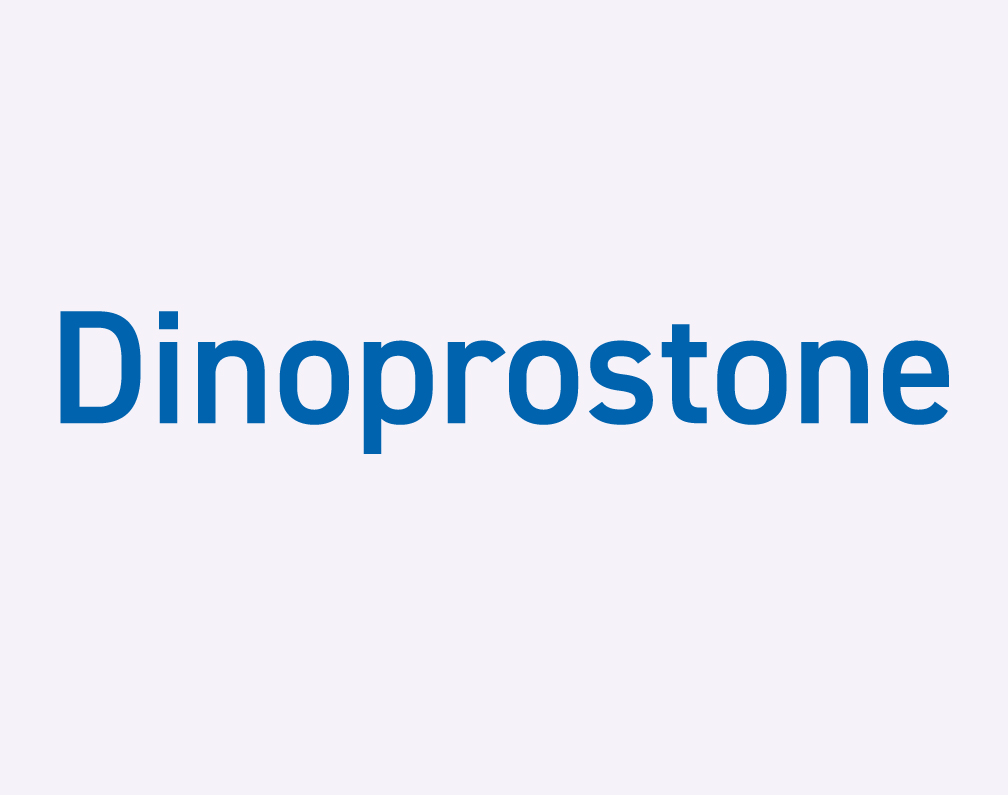- Well tolerated1,3
- 3-year follow up: no adverse consequences on child health or development.2
- Can be used with caution in women presenting with ruptured membranes (should be removed if membranes rupture while Propess is in place). Since the release of dinoprostone from the insert can be affected by the presence of amniotic fluid, continuous monitoring of uterine and foetal condition is recommended.
References
1. Lyrenas Sven et al. BJOG 2001;108:169-178.
2. MacKenzie I and McKinlay E (1995). Paediatric follow-up study: Follow-up of infants delivered by spontaneous vaginal delivery, following prostaglandin E2 or oxytocin induction by caesarean section. In: Propess RS – A Clinical Review. Calder A, Keirse M and Mackenzie I (Eds). Euromed Communications Ltd. England.
3. Westgate J and Williams J.A. Journal of Obstetrics and Gynaecology 1994;14:146-150.





